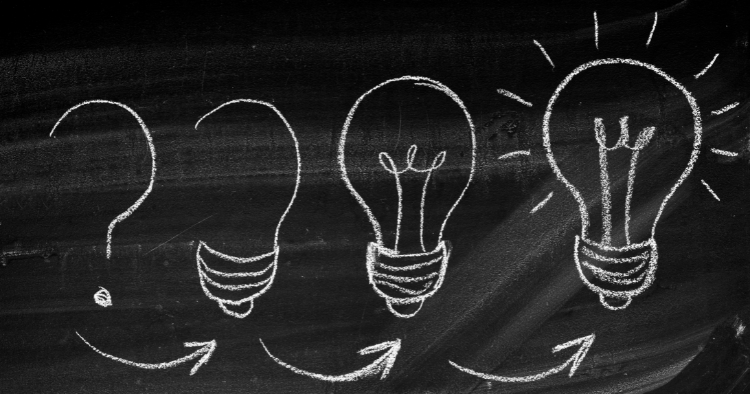Standard translation means that the translation must correspond to the source text. Unless specified otherwise by the client, ensuring this is the goal of the translation team. Nowadays, initial translation mostly involves using an AI-generated translation, which is edited by a human. Regardless of the technical aids used or how many people work on the translation, the most important thing is that the linguist’s goal is to accurately convey the source text.
This is especially important in legal and technical translation, where adherence to the source text’s wording and sentence structure are critical. For example, in legal translation, the translator can add a comment for the client, noting that a number, name, or sentence seems to be incorrect. However, they must not change the text themselves. Even in less regulated fields, the translator must still adhere to the source text and convey it accurately.

In creative translation, the client gives the translator more freedom. The translator is allowed to deviate from the words of the source text and focus primarily on conveying the text’s meaning and purpose.
Creative translation is mostly needed in marketing and sales. The ultimate goal of the text is to sell a product, service, or brand as a whole in a new market or to a new target audience by generating interest. Sometimes a client may need a more creative translation in a more regulated field. This may be necessary if the source text is complex or poorly worded, and the client wishes to rewrite it.
If you have written or translated content yourself and need it refined for readability and fluency, we can edit it.
Successful transcreation requires close collaboration between the client and the translation agency. For optimal results, the client should share expectations, style guides, approved terminology, and any past translations that reflect their desired tone and style. The client should be prepared for continuous collaboration and joint review after the translation is completed. This feedback allows the translation team to fine-tune their approach and better meet the client’s needs.
Transcreation is typically priced 30-50% higher than standard translation due to the additional time and creativity involved. The simplest and fairest way to price is based on the actual time spent, agreeing on an hourly rate and the maximum budget.